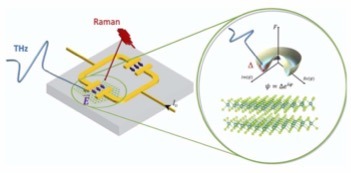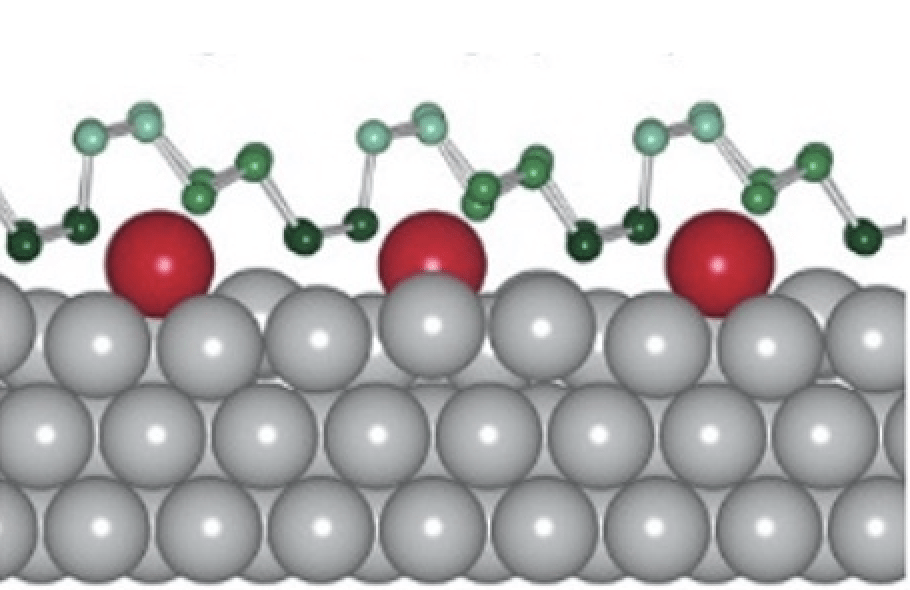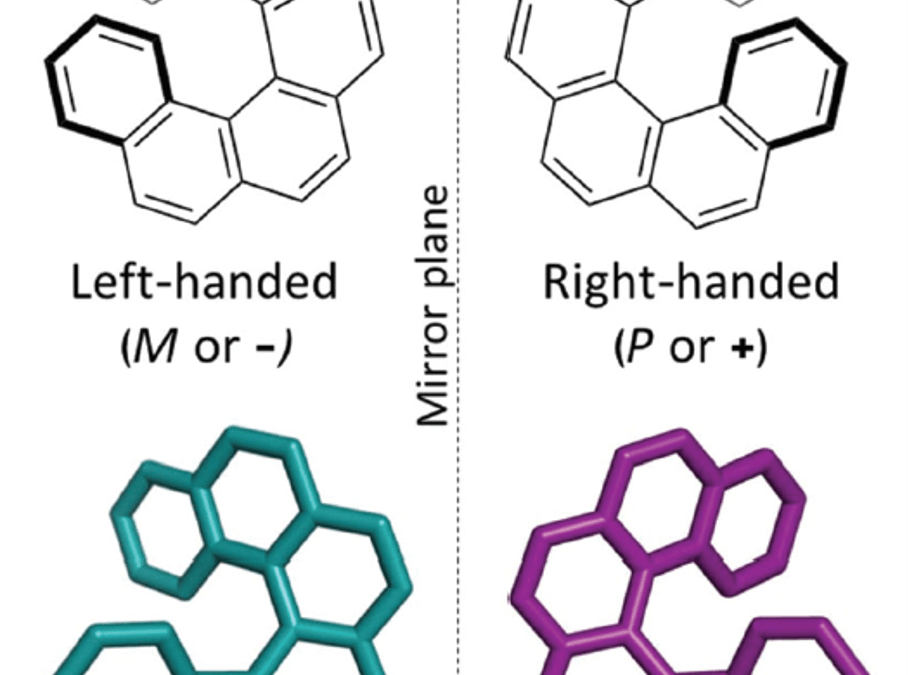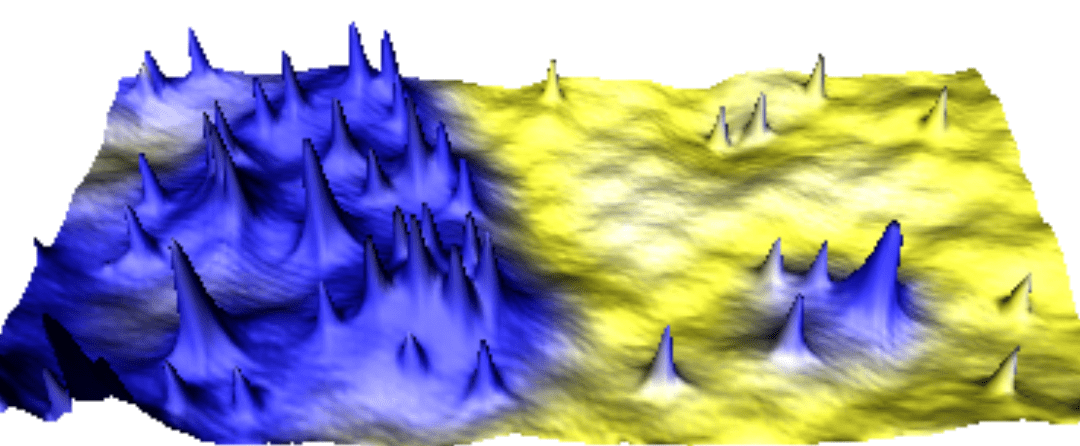
2D TMD embedded in a THz split ring cavity (left) The resulting coupled light-SC matter state is probed by Raman and THz spectroscopy. The SC Higgs mode is a collective oscillation of the SC condensate (right) that can couple to cavity photon to form cavity-Higgs polaritons.
Laboratoire: MPQ (Matériaux et Phénomènes Quantiques), Université Paris Cité & CNRS
Adress: Bâtiment Condorcet – 10 Rue A. Domon et L. Duquet – 75013 Paris
Internship/PhD supervisor: Yann Gallais
Tel: 0157276989
e-mail: yann.gallais@u-paris.fr
Scientific project:
Thanks to strong light-matter interactions in cavity-coupled systems, new important vacuum phenomena are emerging in condensed matter physics. In analogy with exciton- and phonon-polaritons that are now routinely observed in semiconductors an exciting perspective is to tune or even enhance the properties of a superconductor (SC) at equilibrium by dressing it with vacuum photons. Strong light-matter interactions offer unprecedented control opportunities of SC states since they can be shaped by modifying the spatial geometry and spectrum of the cavity electromagnetic modes. Beyond static properties such as enhancing the SC transition temperature, of particular interest is the possibility to directly couple the SC Higgs mode, a superconducting analogue of the Higgs boson well-known from high-energy physics, to a THz cavity mode. In this setting a new hybrid light-matter excitation coined the Higgs polariton is formed. To date none of the effects described above has been observed.
2D SC transition metal dichalcogenides (TMDs) like NbSe2, and NbS2 are extremely attractive platforms to demonstrate these effects. Their 2D nature make them particularly suitable for integrating into deep sub-wavelength THz cavities based on split-ring resonators which have been used successfully to produce strong light-matter polariton state in semiconductor heterostructures. During this internship, the fabrication of TMD-based van der Waals heterostructure will be carried out and integrated into THz split resonant cavities. An originality of the project will be to go beyond static properties like Tc and explore the effect of strong light matter coupling on the SC excitation spectrum and search for spectroscopic fingerprints of the Higgs polariton via Raman and THz spectroscopic techniques. The work will be performed in close collaboration with THz cavity experts at the LSI lab of Ecole Polytechnique.
References :
- Alloca et al. Phys. Rev. B 99, 020504 (2021)
- Garcia Vidal et al. Science 373, eabd0336 (2021)
- Grasset et al. npj Quantum Materials 7, 4 (2022)
- K. Katsumi et al. Phys. Rev. Lett. 120, 117001 (2018)
Contact: Yann Gallais
À lire aussi

Electronic properties of strained phosphorene allotropes
(a) sketch of a vicinal surface . (b) One of Phophorene allotropes. (c) STM picture of atomic arrangement. Laboratoire: MPQ (Matériaux et Phénomènes Quantiques), Université Paris Cité & CNRSAdress: Bâtiment Condorcet – 10 Rue A. Domon et L. Duquet – 75013...

Properties of chiral molecule / metallic interfaces
Laboratoire: MPQ (Matériaux et Phénomènes Quantiques), Université Paris Cité & CNRSAdresse: Bâtiment Condorcet – 10 Rue A. Domon et L. Duquet – 75013 ParisDirecteur de stage/thèse: Amandine BellecTel: 0157276290e-mail: amandine.bellec@u-paris.fr Scientific...

Controlling the properties of 2D materials at the atomic scale by defect engineering
Laboratoire: MPQ (Matériaux et Phénomènes Quantiques), Université Paris Cité / CNRSAdress: Bâtiment Condorcet – 10 Rue A. Domon et L. Duquet – 75013 ParisInternship/PhD supervisor: Jérôme LagouteTel: 0157276299e-mail: jerome.lagoute@u-paris.fr STM image (20 nm x 40...
Magnonics in 2D materials
Laboratoire: MPQ (Matériaux et Phénomènes Quantiques), Université Paris Cité & CNRSAdress: Bâtiment Condorcet – 10 Rue A. Domon et L. Duquet – 75013 ParisInternship/PhD supervisor: François MalletTel: 0678692918e-mail: francois.mallet@sorbonne-universite.fr...
